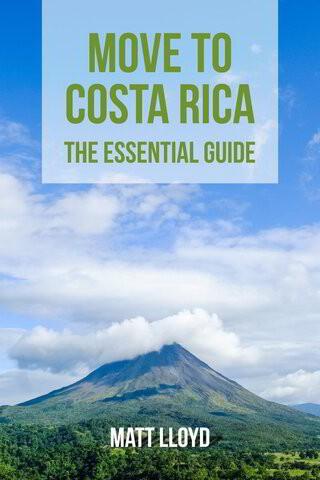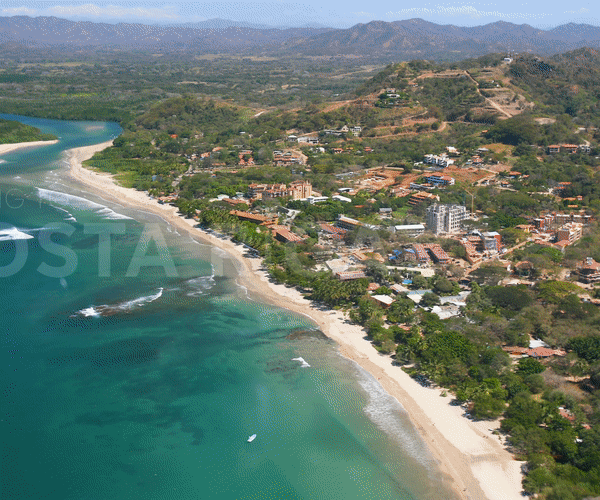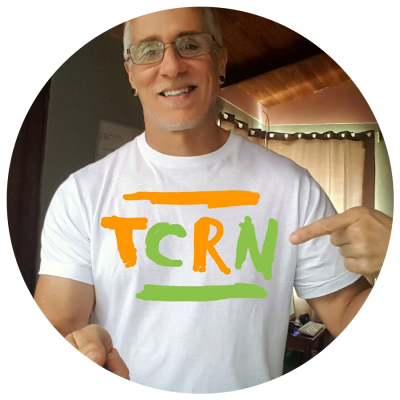Understanding Costa Rica's Currency: A Comprehensive Guide
This content might be something you have or haven’t given much thought to if you’re considering a move to Costa Rica — the currency.
Maybe you've never been to Costa Rica or are unfamiliar with the Costa Rican Colón (CRC), but understanding the currency will help you navigate your way and protect yourself.
First Things First: The Costa Rican Colón
This is for those planning your first trip to Costa Rica and wondering about the currency, ATMs, banking, etc. Yes, you read that right - the money here is called the Colón.
Before you even step foot on a plane, deciding how you will manage your finances is crucial. Some people prefer to bring a large amount of cash.
Remember to exchange your money at the bank for the best rate if this is your choice. You can exchange at the airport, but the rates are typically less favorable.
Remember to exchange your money at the bank for the best rate if this is your choice. You can exchange at the airport, but the rates are typically less favorable.
For those uncomfortable with carrying much cash, withdrawing from ATMs as you travel could be a good option.
However, your bank may charge international or other fees per ATM withdrawal. So, checking with your bank beforehand is a good idea to understand all the potential charges.
However, your bank may charge international or other fees per ATM withdrawal. So, checking with your bank beforehand is a good idea to understand all the potential charges.
ATM Withdrawals
An important tip if you're touring many places: always withdraw money from the ATM where you currently are so you have cash with you while traveling to your next destination in a relaxed way.
And remember, it's a good idea to have a backup card just in case anything happens to your primary one.
And remember, it's a good idea to have a backup card just in case anything happens to your primary one.
To Use or Not to Use Cash
Some people who have prepaid their significant expenses, such as hotels and adventure tours, bring cash for small ticket items like souvenirs and meals.
If you pay in dollars, you usually get Colónes back as change. You can then use these bills at the next place you go to.
Consider using Colónes when in Costa Rica. Why? You'll get a favorable exchange rate everywhere, from restaurants to gas stations. Especially at gas stations - you don't want to fill up your tank and hand them dollars; the exchange rate will have you feeling like you just gave away money.
What to Watch Out For – Ripped, Torn, or Marked Bills
Avoid bringing large bills like $100s and $50s. Many places don't accept them, thinking they're counterfeit. In addition, many places in Costa Rica will not accept any bills that are ripped, torn, or marked.
In North America, any establishment takes pretty much any bill regardless of the condition it’s in. This is not the case in Costa Rica.
In North America, any establishment takes pretty much any bill regardless of the condition it’s in. This is not the case in Costa Rica.
On that note, if you use ATMs frequently and withdraw large amounts, you might encounter a few "bad bills". But, if you take the receipt from the ATM and go to the bank immediately, they may exchange them for you.
So, remember that if you use a stand-alone ATM, not connected to a bank, you won’t have the option to exchange any bad bills.
In addition, you may have a line to wait in when going to the bank. If this is the case, sit back and relax. Pura Vida!
So, remember that if you use a stand-alone ATM, not connected to a bank, you won’t have the option to exchange any bad bills.
In addition, you may have a line to wait in when going to the bank. If this is the case, sit back and relax. Pura Vida!
Dealing with Change
One thing you'll quickly notice when spending money in Costa Rica is the amount of change you receive. Pocketfuls of it! Don't let it weigh you down. Instead, use it along your journey, giving it to waitstaff, maids, or anyone who helps you.
Understanding Currency Exchange
Understanding the exchange rate can be confusing when dealing with a new currency, especially if you've been traveling across different countries.
In Costa Rica, take your time to understand your bills. Take your time paying what you're paying for. If you're unsure, take out your calculator, ask questions, and clarify - no need to rush.
Estimating the Exchange Rate
Always be aware of the day’s exchange rate when traveling in Costa Rica. If you know what it is, you can understand the price in USD of anything you want to buy.
This is how you calculate the exchange rate:
• To calculate colones to dollars, divide the amount in colones by the exchange rate. For example, if something costs ₡100,000/ 540 (day’s exchange rate) = $185.00
• To calculate dollars to colones, multiply the amount in dollars by the exchange rate. For example, $100.00 x 540 = ₡ 54,000.
To give you a quick estimation guide:
• 500 Colónes approximately equals $1
• 1,000 Colónes equals around $2
• 2,000 Colónes equates to about $4
• 5,000 Colónes equals $10, and so on.
Note that this is not exact, but it can give you some semblance of the currency. Remember that exchange rates fluctuate, and it's always good to watch this. You can use a few different apps to check the daily exchange rate.
Click here to look into the 6+ Best Currency Converter Apps in 2023.
A Final Thought
And there you have it! This gives you a clearer understanding of the Costa Rican currency and what to expect when dealing with money in Costa Rica. Remember, when in doubt, ask, clarify, and take your time.
I hope this information proves helpful in planning your trip. Remember to keep researching and do your homework before embarking on your adventure.
Happy traveling!




